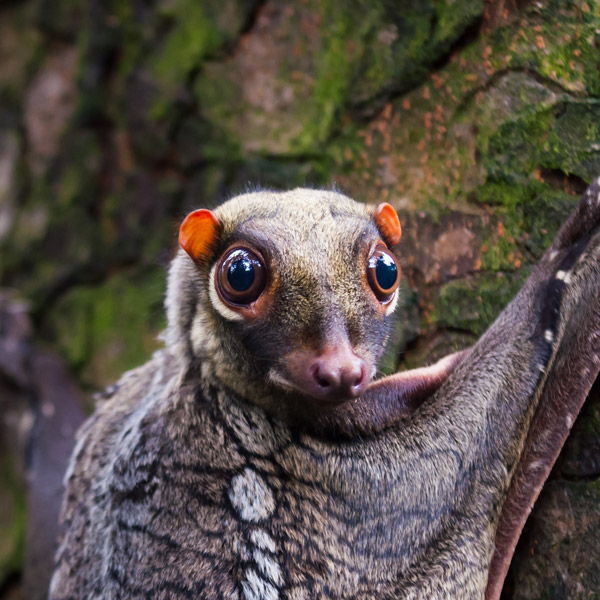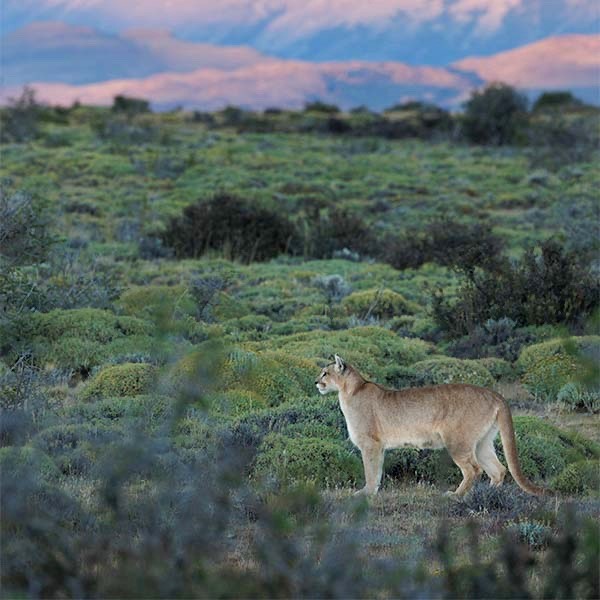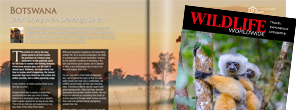While some mammals are rarely seen because they are endangered, others are commoner but strictly nocturnal or very shy. We enjoy exceptional success sharing rare mammals with you, on our well-researched and market-leading range of expert-led tours to destinations and locations worldwide.



Why our rare mammal watching holidays are so successful




Where and how to watch rare mammals
No creatures on earth have more hold over us than our closest kin, the mammals. We delight in watching lions and cheetahs stalking great herds of game in Kenya and Tanzania, or wolves and grizzly bears chasing elk in Yellowstone. Yet wherever the mammal field guides show us such large, well-known species, they also include a host of animals which are rare, reclusive, strictly nocturnal, found only in the remotest regions, or simply weird. It is these which we seek on our popular and successful rare mammal tours.
Some animals, such as aardvark and aardwolf, are widespread but only rarely seen. In Botswana and South Africa our experts take you to reliable sites, including known dens, for these, plus many more localised mammals. They take pride in showing you meerkat, brown hyena, African wild dog, South African porcupine and even, sometimes, the near-mythical ground pangolin. In the comparable desert and dry grassland of Northwest India, our superb tour of Rajasthan and Gujarat looks for desert wildcat, rusty-spotted cat, desert and Indian foxes, striped hyena, Asiatic wild ass and the enigmatic Indian wolf
Some of our tours to Borneo are largely nocturnal, echoing the behaviour of the rarest mammals. In this way we can show you banded and otter civets, binturong and sun bear, Thomas’s and black flying-squirrels, bearded pigs, marbled and leopard cats and even the stunning Sunda clouded leopard. In Hungary our night tours join surveys for bats and small mammals such as the forest dormouse, giving you a unique look into the lives of some of Europe’s least known species.
Mountains are the preserve of some of the world’s most elusive mammals. In the Andes of Colombia we search for spectacled bear, mountain tapir and the endemic silvery-brown tamarin. To the south, in the Andean foothills and along the coast of Chile, kodkod, southern river and marine otters, and the beautiful puma are among our targets. Asia’s mountains have a host of rare mammals too. In Mongolia we can show you Pallas’s cat, snow leopard and corsac fox, while in neighbouring China, our Sichuan tour sees red panda, Chinese serow and hog badger. As established experts in rare mammals, we have the tour to suit your needs.
Sunda clouded leopard

Forest dormouse

Ground pangolin

Marine otter

Aardvark

Pallas’s cat

Spectacled bear

Desert wildcat










